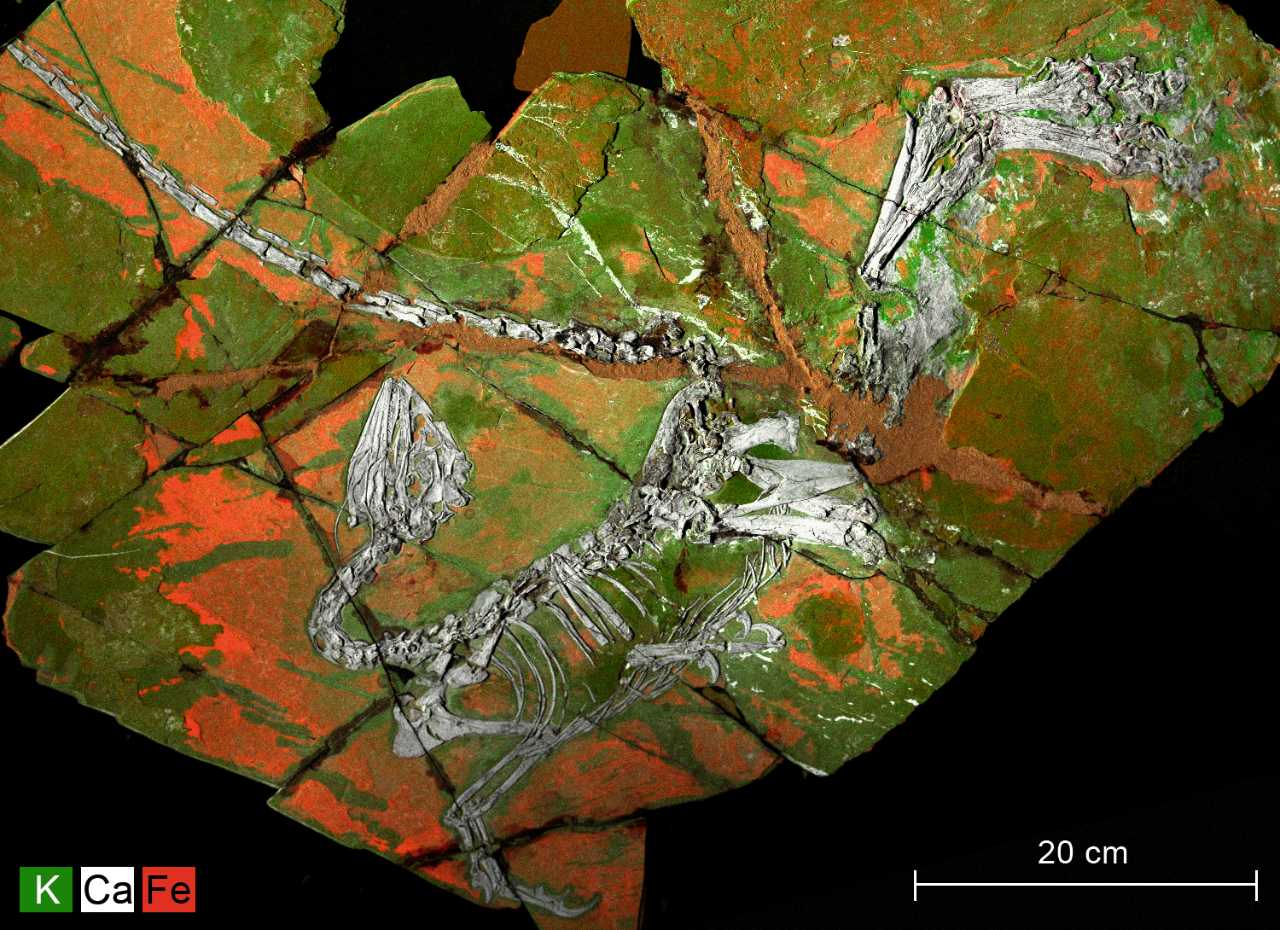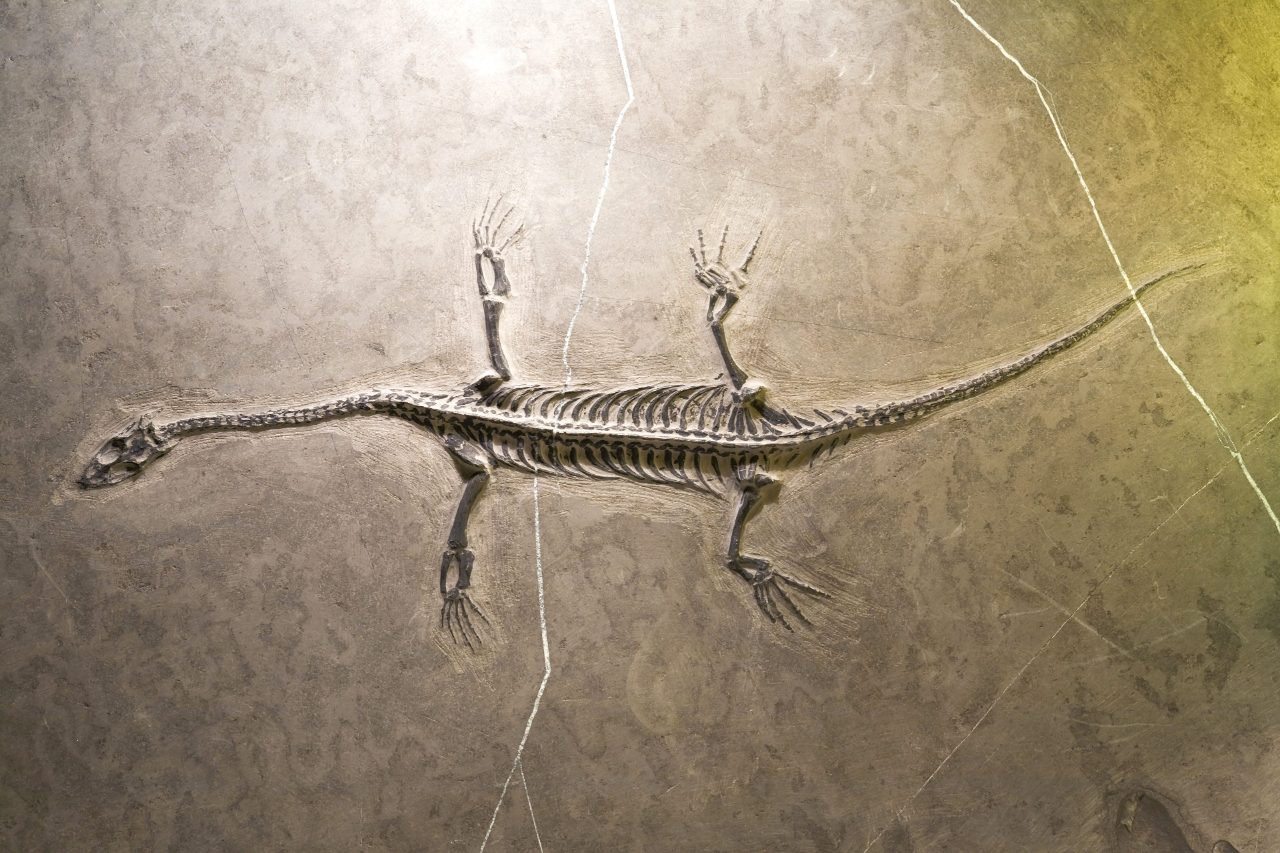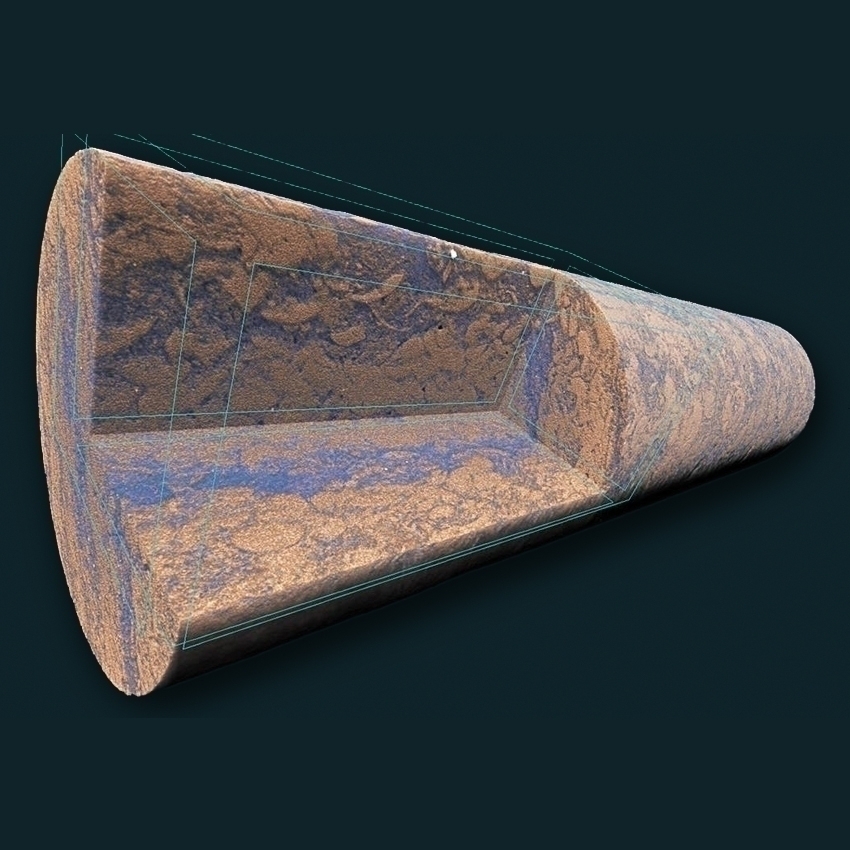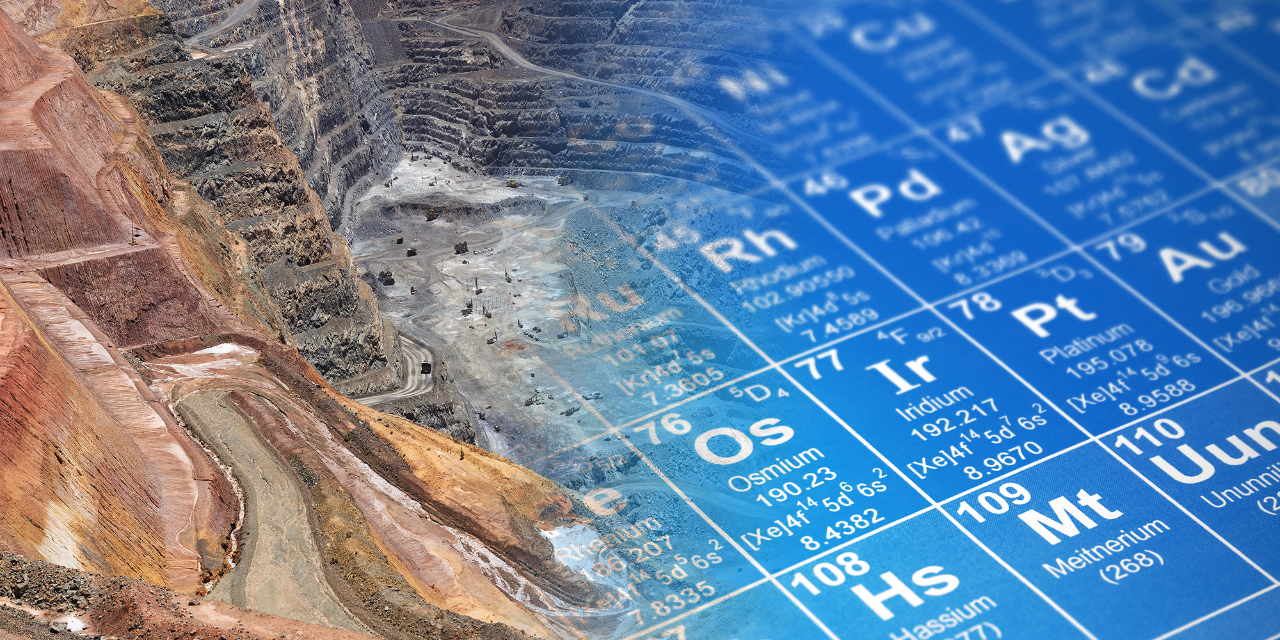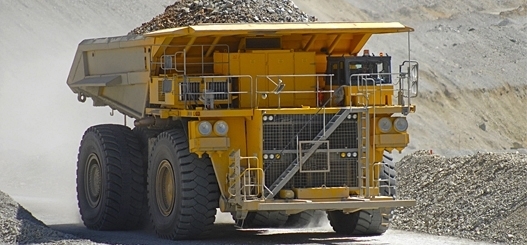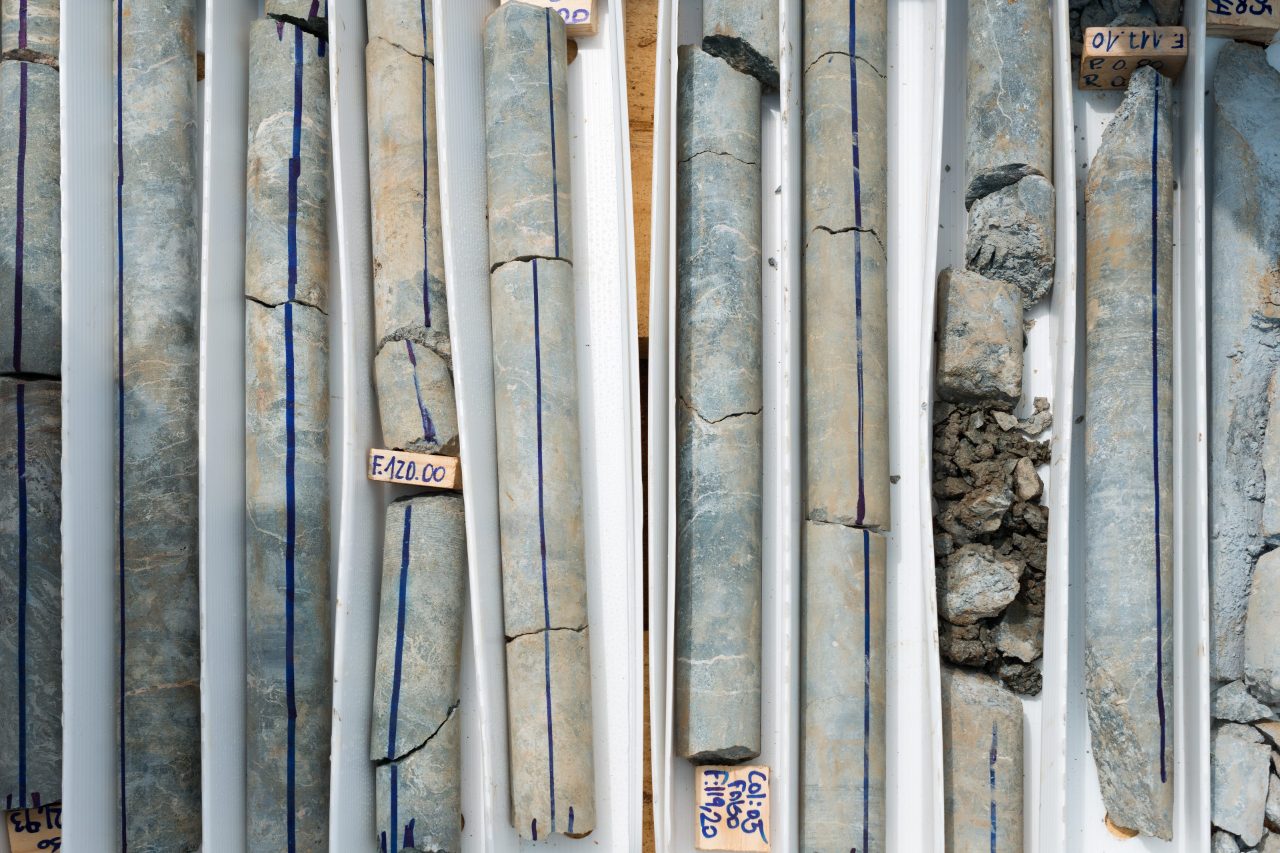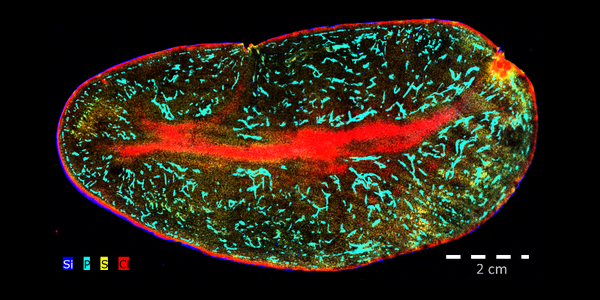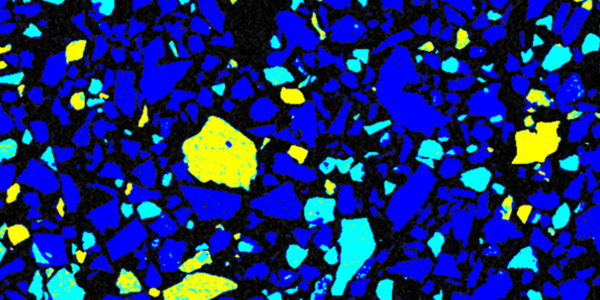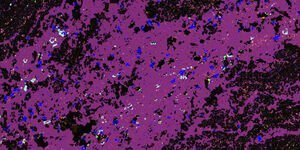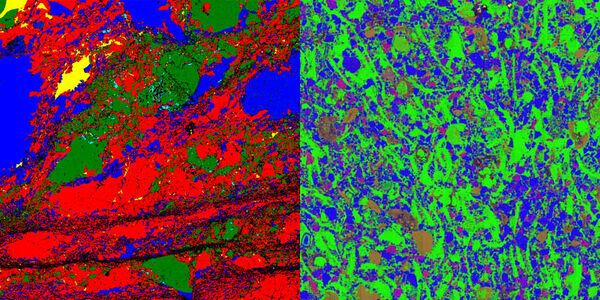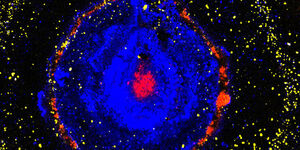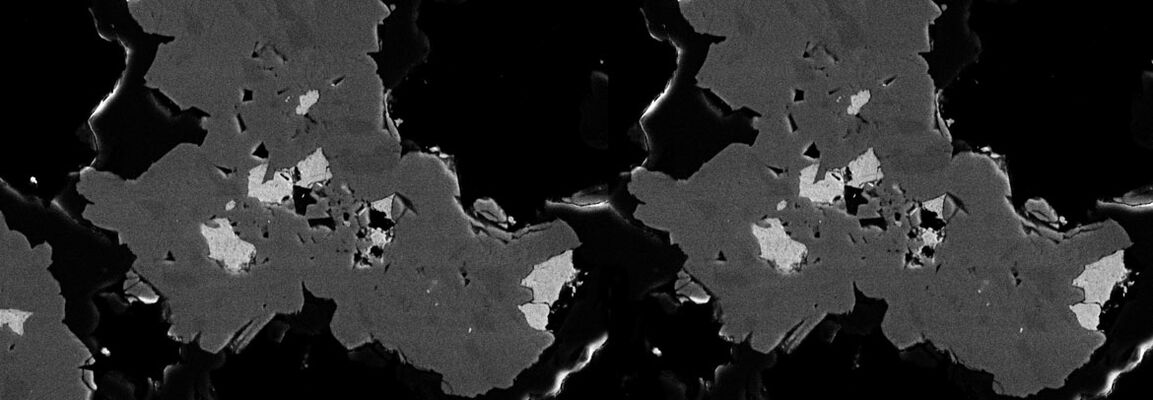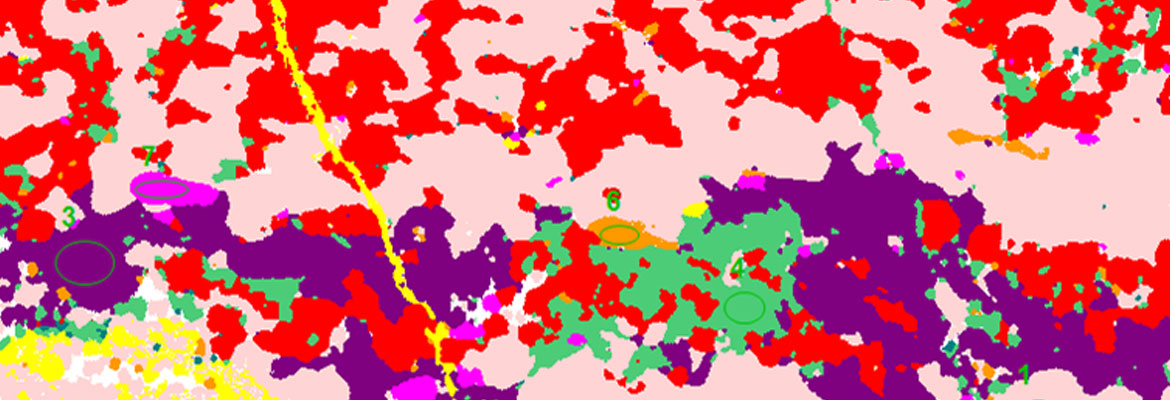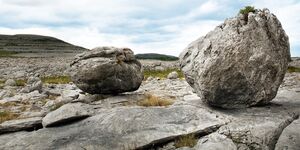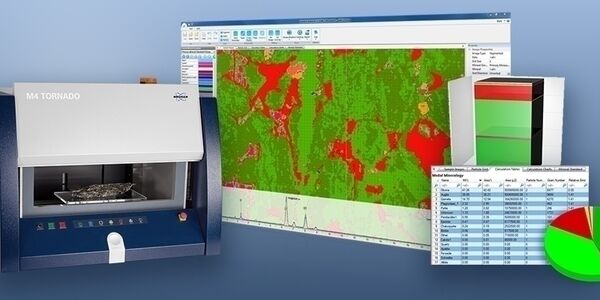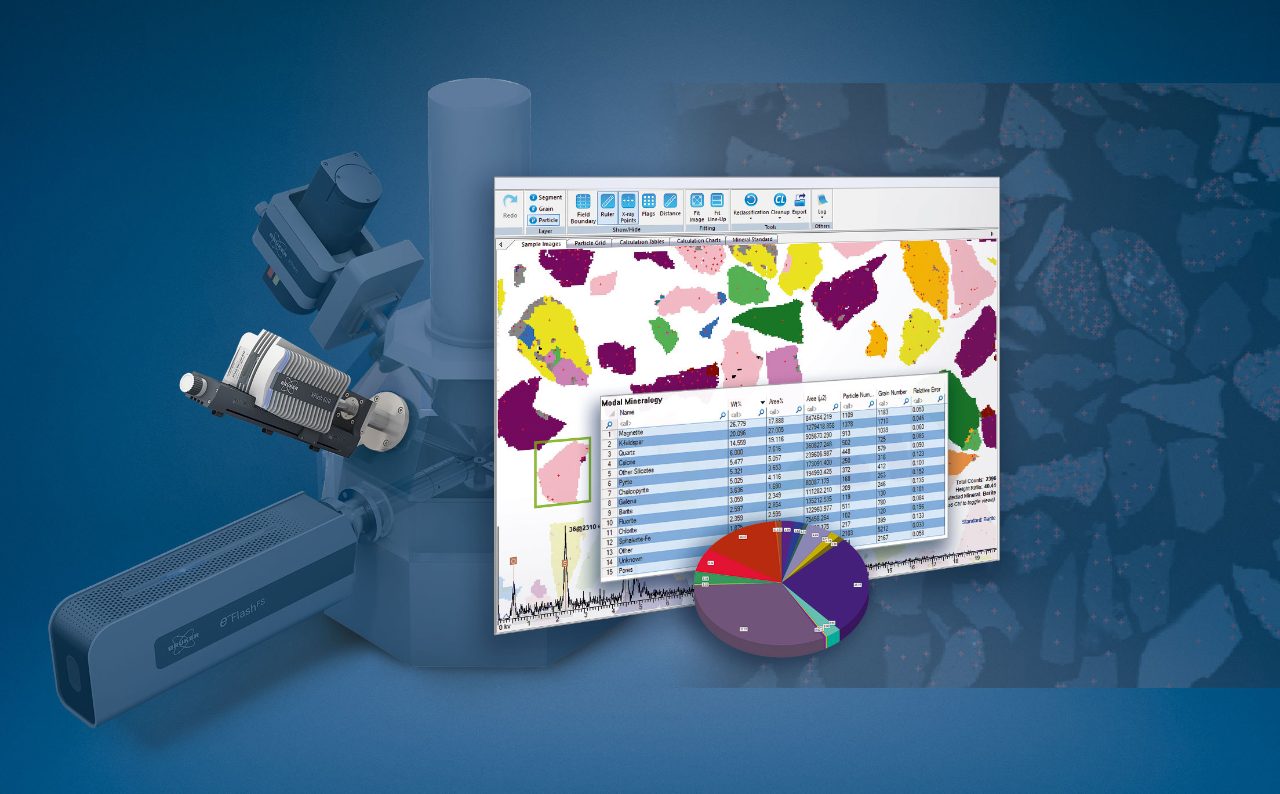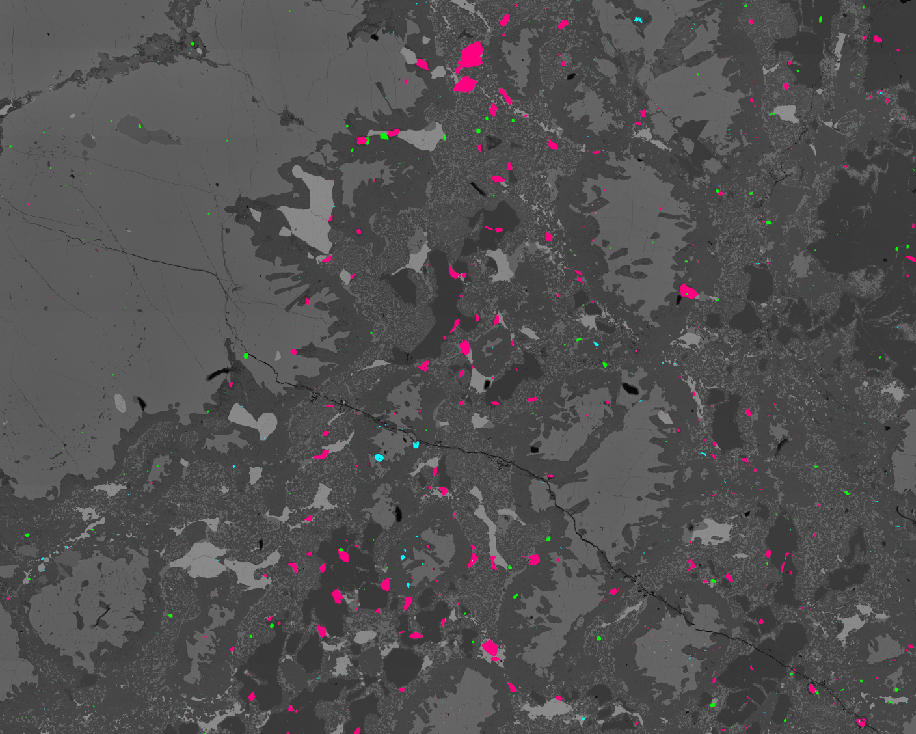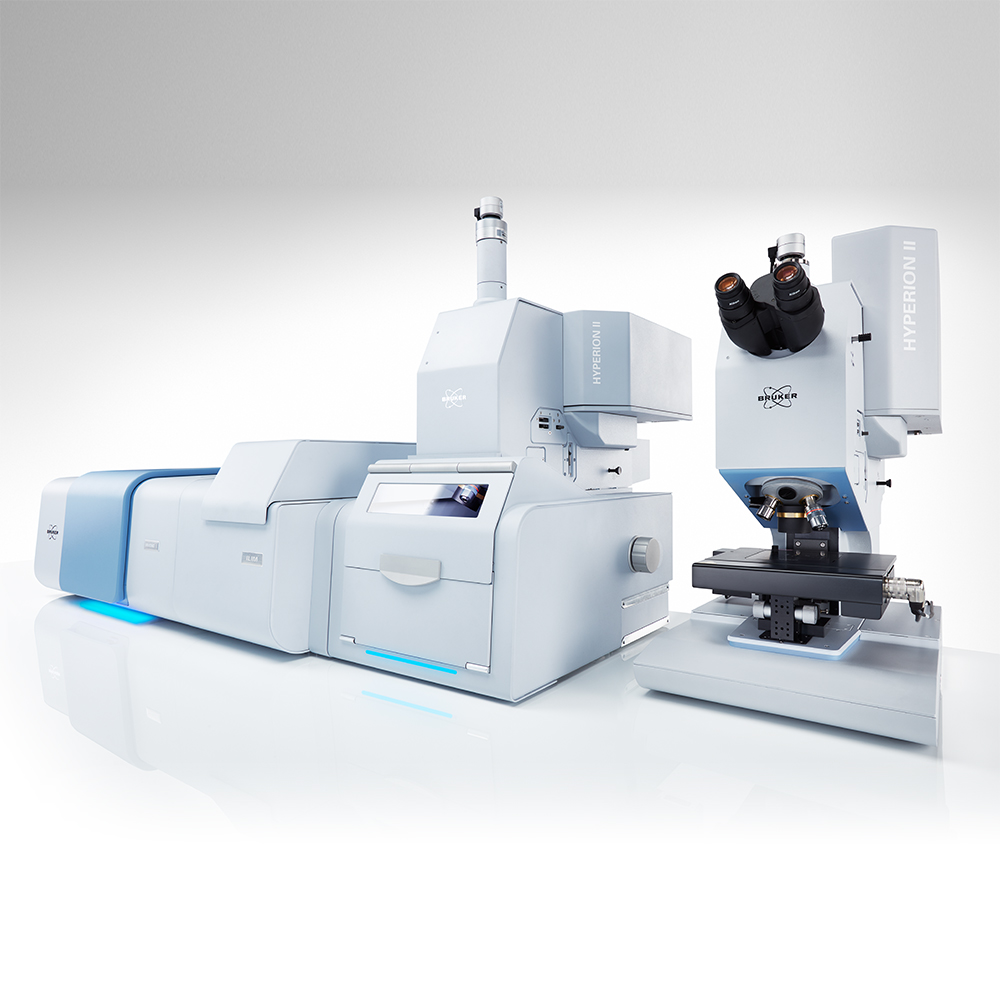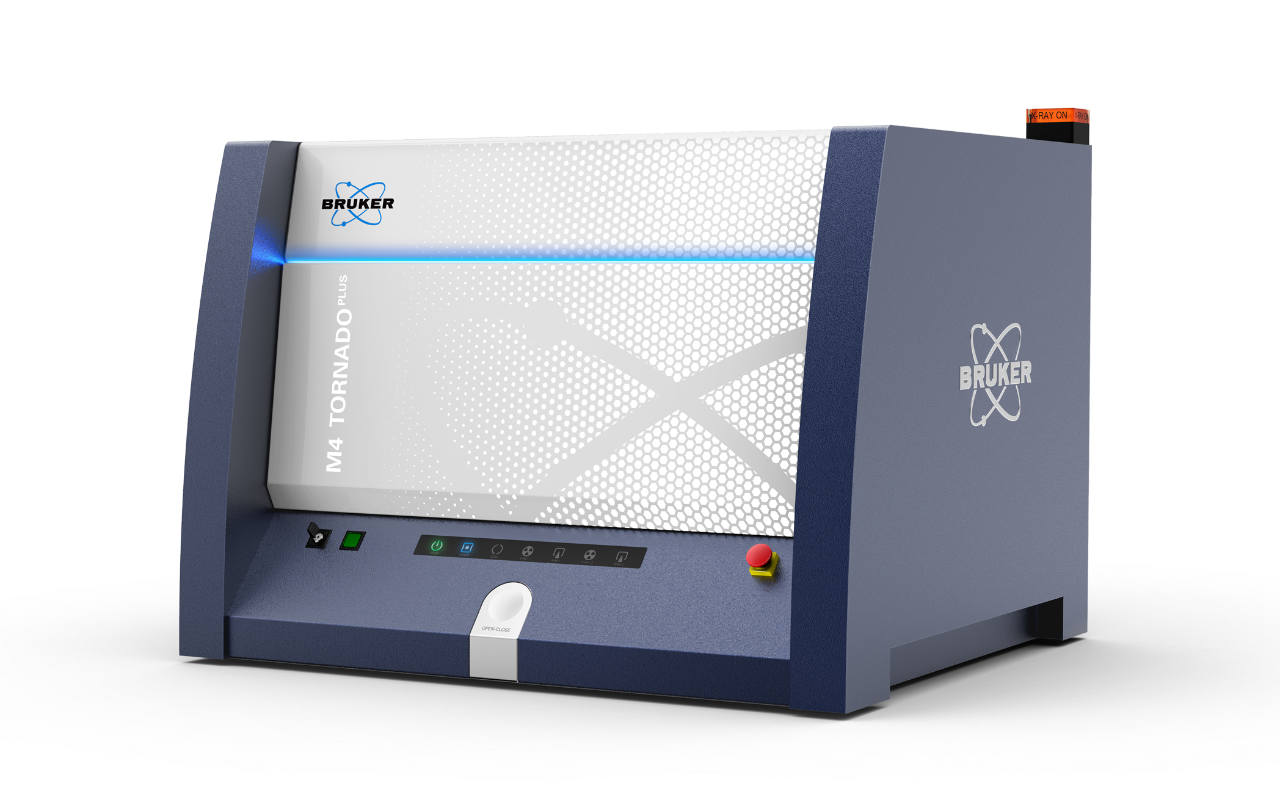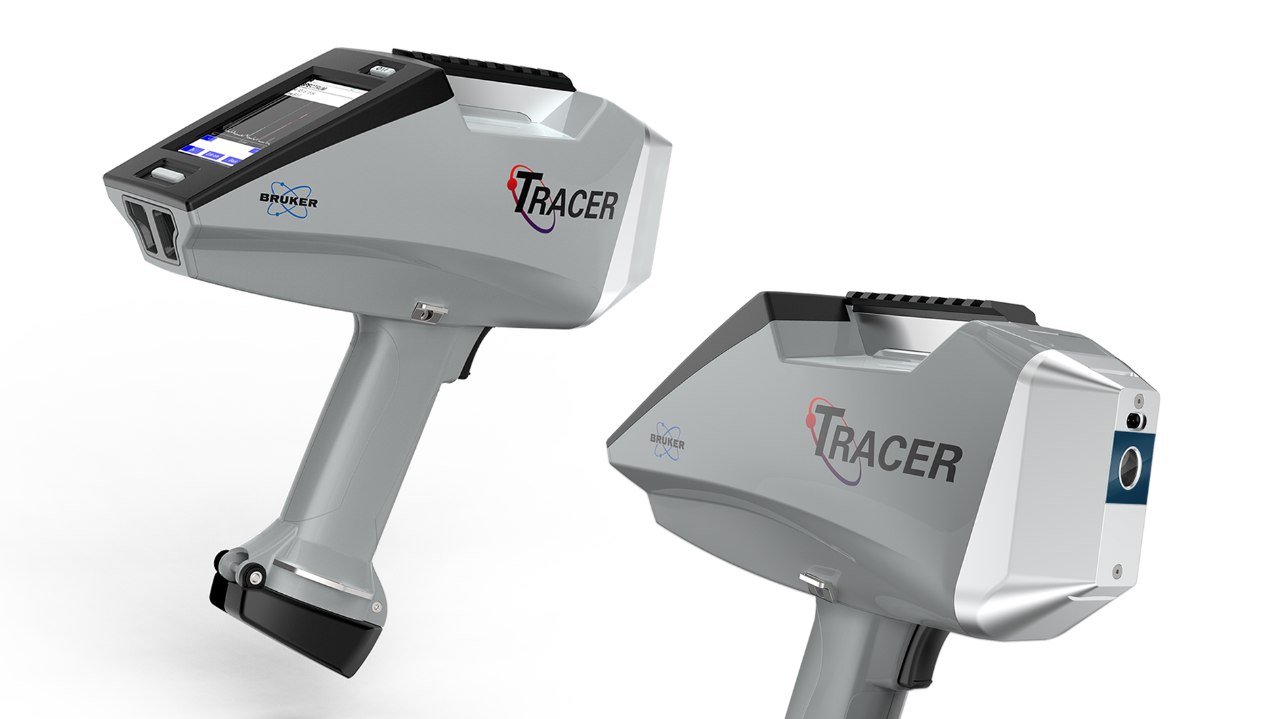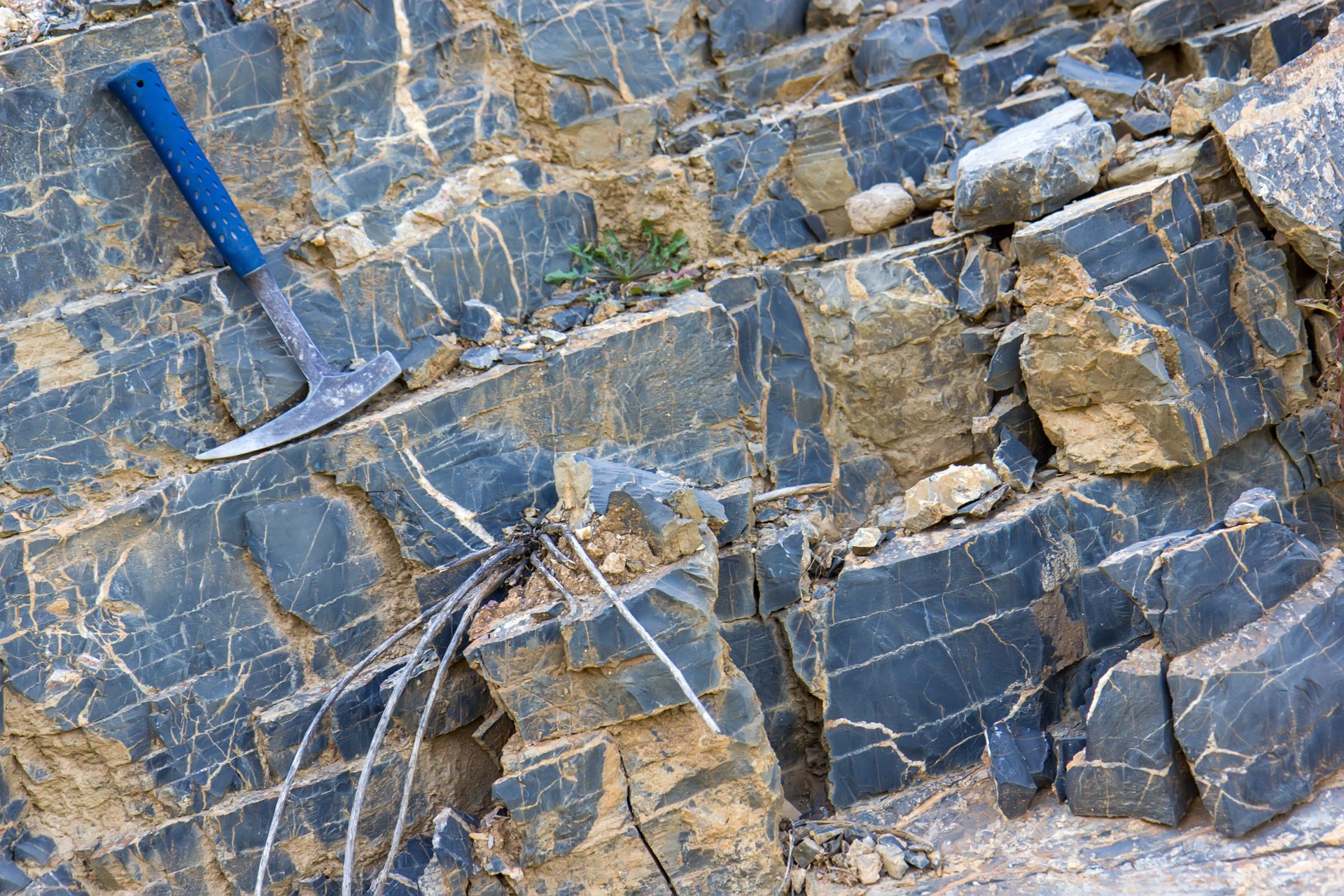

Sedimentary Geology and Paleobiology
Empowering Innovative Sedimentology and Paleobiology
Sedimentary rocks record the history of earth and are important sources of hydrocarbons and fresh water. Bruker provides analytical instrumentation that empowers sedimentologic investigators with the tools to analyze the chemical and mineral composition sedimentary rocks, as well as sedimentary structures, porosity, permeability, fossils, textures, and alteration features. Bruker’s instruments are well-established parts of the sedimentology and geochemist’s toolkits, with new instruments and approaches being introduced to drive new directions in research. Bruker is committed to the success of users and partners with scientists to innovate in exploring sedimentary rocks and what they tell of earth’s past life, climate and environments.
Chemical and Mineral Mapping
The analytical technologies that underpin sedimentary petrology continue to innovate as the focus of research has shifted from the descriptive to considerations of physical, chemical, and biological processes. Recent advances in chemical imaging have empowered workers with cross-functional tools to elucidate the processes of deposition, lithification, and diagenesis. For example:
Automation and high-speed analysis enable chemical mapping to become a routine part of the petrology workflow including mathematical textural analysis
Chemical mapping is data-rich with thousands or millions of data points, allowing big-data analysis and the transformation of images into datasets that can be subjected to statistical analysis
Data driven classification methods, such as cluster analysis and lithotyping, can remove subjectivity and allow for the comparison of datasets
Chemical and mineral mapping can make hidden structures visible and provide information on chemical properties of sedimentary and biological structures
Three-Dimensional Analysis
One of the persistent biases in geology is that most sources of information, from geologic maps to thin sections, are two-dimensional representations of a three-dimensional world. Bruker helps workers overcome and understand this with 3D X-Ray Microscopy (XRM) and software solutions for 3D EDS and EBSD mapping. These 3D technologies enable three-dimensional mapping of grains, porosity and permeability, as well as other physical or chemical attributes.
Publications Related to Sedimentary Geology and Paleobiology
- 2020 - Chemical Geology: Major ion geochemistry in Na-Ca-Mg-K-Cl-SO4 brines using portable X-ray fluorescence spectrometry
- 2020 - Journal of the Mechanical Behavior of Biomedical Materials: Comparison of structure and composition of a fossil Champsosaurus vertebra with modern Crocodylidae vertebrae: A multi-instrumental approach
- 2020 - Microscopy Today: (Open Access) Fossil Weathering and Preparation Mimic Soft Tissues in Eocrinoid and Somasteroid Echinoderms from the Lower Ordovician of Morocco
- 2019 - AAPG Bulletin: Depositional environments in an arid, closed basin and their implications for oil and gas exploration: The lower Permian Fengcheng Formation in the Junggar Basin, China
- 2019 - Palaeogeography, Palaeoclimatology, Palaeoecology: Facies, phosphate, and fossil preservation potential across a Lower Cambrian carbonate shelf, Arrowie Basin, South Australia
- 2019 - Applied Clay Science: A fast method for the chemical analysis of clays by total-reflection x-ray fluorescence spectroscopy (TXRF)
- 2019 - Biogeosciences: (Open Access) Shell chemistry of the boreal Campanian bivalve Rastellum diluvianum (Linnaeus, 1767) reveals temperature seasonality, growth rates and life cycle of an extinct Cretaceous oyster
- 2019 - Journal of South American Earth Sciences: Saline lake development in the Aptian post-rift phase of the Tucano Basin: Tectonic and paleogeographic implications
- 2019 - Palaeogeography, Palaeoclimatology, Palaeoecology: Geochemical compositional mapping of Lower Jurassic trace fossils: Palaeoenvironmental significance and methodological implications
- 2019 - Geobios: Deciphering the exceptional preservation of the Early Triassic Paris Biota (Bear Lake County, Idaho, USA)
- 2016 - The Meteoritical Society: (Open Access) Nondestructive spectroscopic and petrochemical investigations of Paleoarchean spherule layers from the ICDP drill core BARB5, Barberton Mountain Land, South Africa
- 2015 - Nature Communications: (Open Access) High Molybdenum availability for evolution in a Mesoproterozoic lacustrine environment
